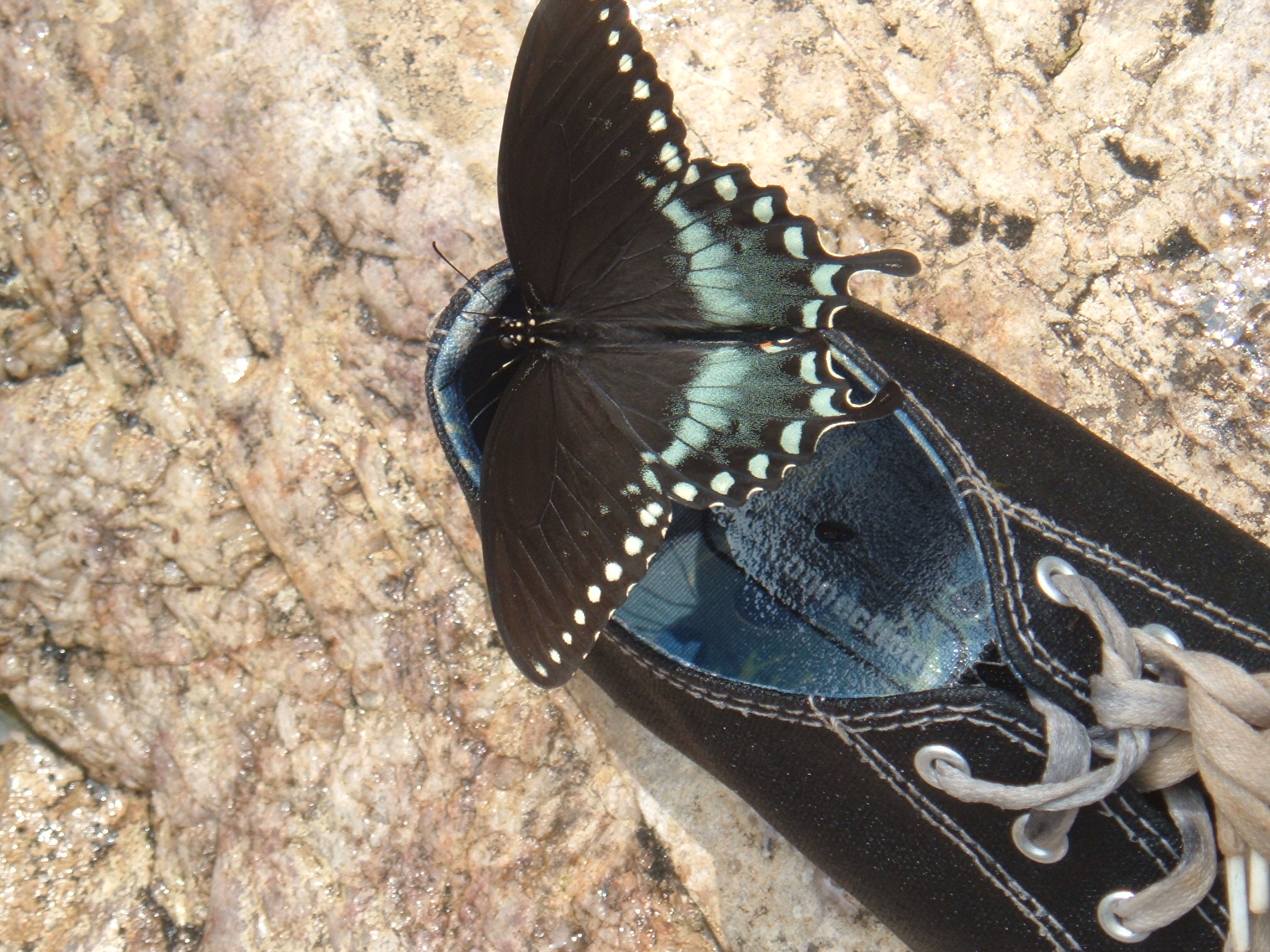I'm not sharing my thoughts this morning. Trust me. You don't want me
to. Instead, I want to share an essay I wrote years ago, when Emma was
in preschool I wrote it as a column and resold it throughout the
country to regional parenting magazines.
Hanukkah Magic
By now, my daughter’s preschool teacher is used to Emma’s active
imagination. Emma tells her big stories about her father breaking his
foot, her mother having heart surgery, and so on—none of which are
true. But when Emma said that we don’t celebrate Christmas—we celebrate
Hanukkah—Mrs. Ervin came to me and wondered what the deal was. I
explained to her that I was as surprised as she was.
Emma’s best friend is Jewish. And at the Montessori school she attends,
the children have learned about Hanukkah as well as other religious
holidays. Last year, Emma mentioned that she wanted to celebrate
Hanukkah. So I said, “Sure, we’ll do it next year.” And much to my
surprise, she remembered that. (If only she could remember other things
so easily, like putting clothes in the hamper or toys away.)
Okay, so we are not Jewish. Even though I have read a lot about various
spiritual traditions, religions, and mythology, Judaism is a mystery to
me. I’ve never felt pulled or curious to learn much about it, the way I
have, say, Buddhism, Islam, or Paganism. The only reason I know a
little about Hanukkah is because the Unitarian Universalist Fellowship
of Waynesboro held a beautiful ceremony a few years ago, combining
Kwanza, Christmas, Winter Solstice, and Hanukkah. It was deeply moving.
For me, it was profound to see four separate traditions coming together
in a ways that shared similarities and at the same time celebrated and
honored the differences. This is not only a quality I want in the place
of spiritual worship with my family, but it also reflects the kind of
local and world community I want for them. Maybe I am a bit naïve, but
I like to think of it as hopeful.
The one striking element or symbol throughout this ritual was light:
the Kwanza candles, the lit Christmas tree and star, the sun of the
Winter Solstice, and the Mennorah of Hanukkah—all offer a celebration
of light, a glimmer of hope, in the darkness of winter.
Hanukkah, it should be said, is not the “Jewish Christmas.” (It’s the
same for the other holidays and festivities, as well.) They just happen
to be celebrated around the same time of year. The Hanukkah observance
has deep meaning, I think, not only for Jewish people, but for all of
us who look for miracles and light in our lives, as it is a celebration
and commemoration for the Maccabee victory, the rededication of the
Jerusalem temple, and the miracle of the tiny bit of oil that lasted
for eight nights. (It’s that miracle that hooks me in.)
The Hanukkah Menorah is called a Hanukiyah. It has nine candle holders
and eight candles, one lit for each night of Hanukkah. The ninth candle
is called the Shamash, which is lit first and then is used to light the
other candles. The candles are placed in the Hanukiyah from right to
left. But when the candles are lit each night, you light them from left
to right. I am sure there are intricacies to the ritual that I don’t
understand, but maybe I will know more about them by next year. (And I
really hope that Jewish people reading this will not be offended by my
apparent ignorance and by the fact that I am not Jewish and am
celebrating their traditions.)
It is important to me that my children know that it is okay to explore
their spirituality. I want to support them as much as I can. But I have
to admit that I thought this exploration would come a little later on.
I wasn’t prepared for my 4-year-old to fall in love with Judaism, and
she really has—to the best of her heart and understanding of the faith,
that is.
Thanks to friends who had an extra Menorah and candles for us to
borrow, we are participating in this ancient ritual this year. At
first, it felt a little awkward to me. Now, which hole do we place the
candle in? Which direction do we start? But when we sit in front of the
Menorah and Emma contemplates her role, there is a reverence that comes
over her. This child who cannot sit still the rest of the day becomes
quiet and solemn as she prepares to light the candles and I practice
saying the prayers. And I, of questioning heart and Presbyterian
upbringing, watch as peace comes over her face and the candles reflect
in her hazel eyes. I am amazed at my daughter’s sense of Spirit, how
natural and raw it is. There is not one ounce of falsity to it. I say a
little prayer to myself that she never loses this magic—whatever she
chooses to call it.
